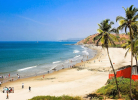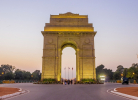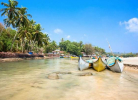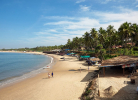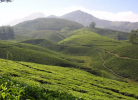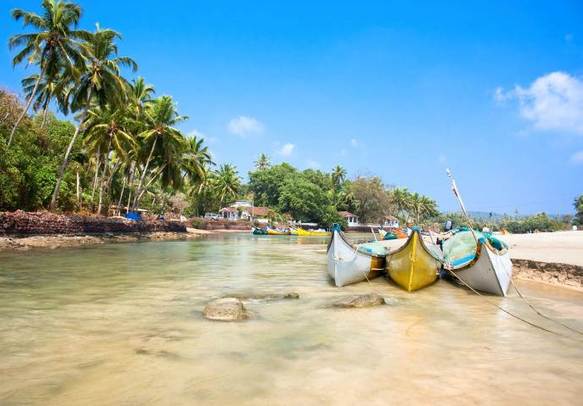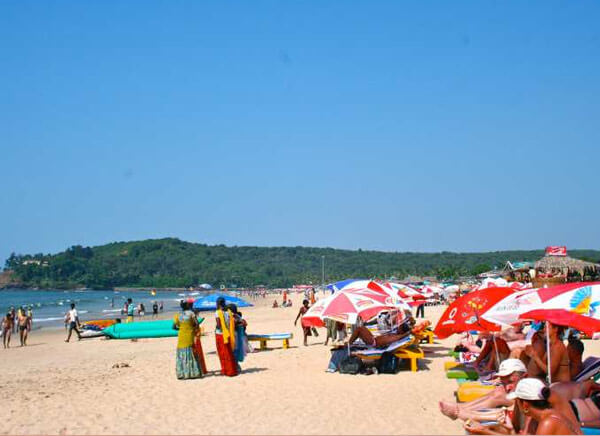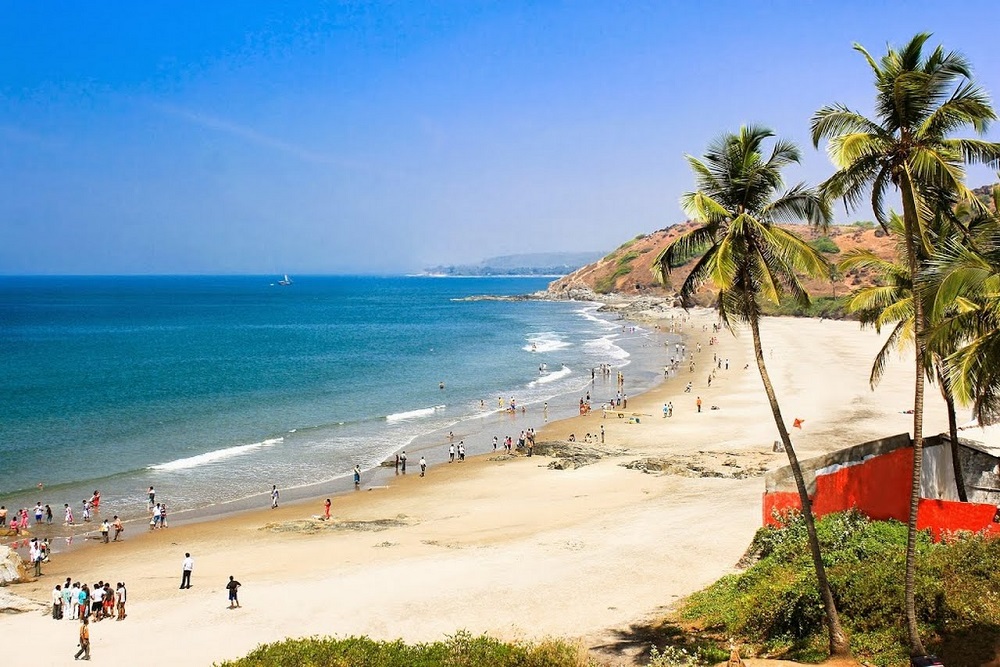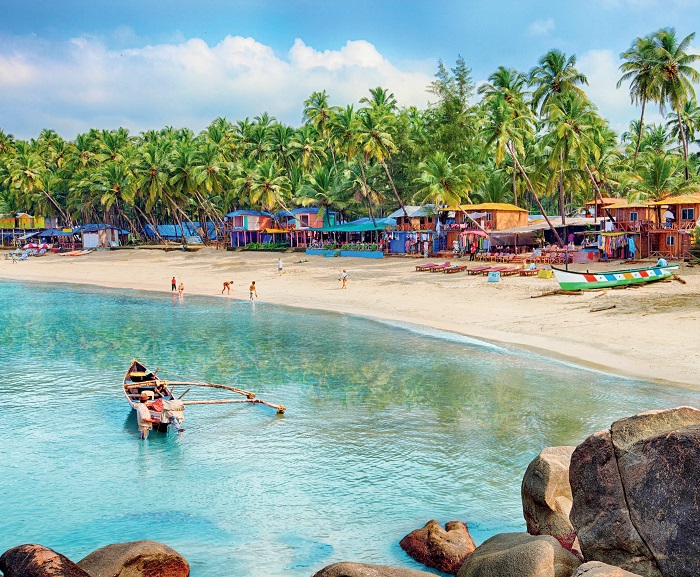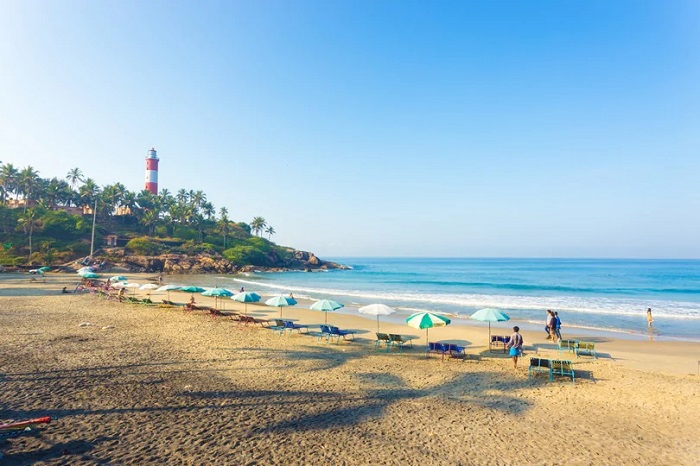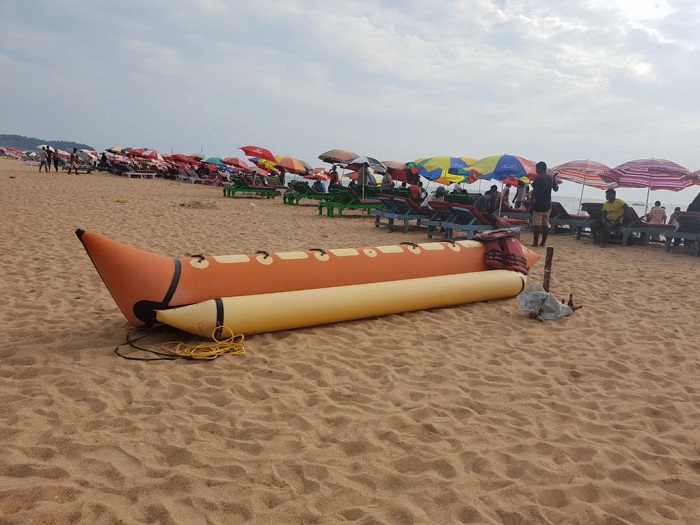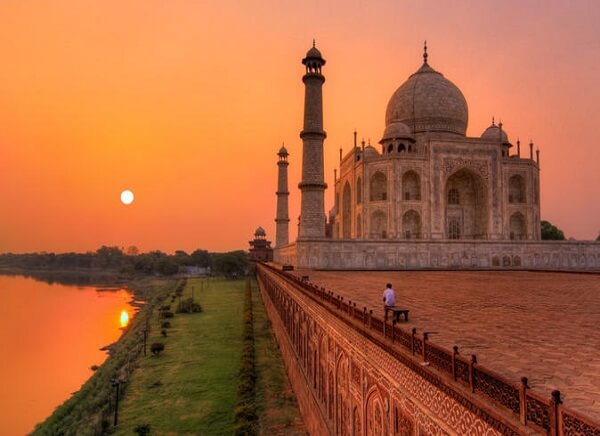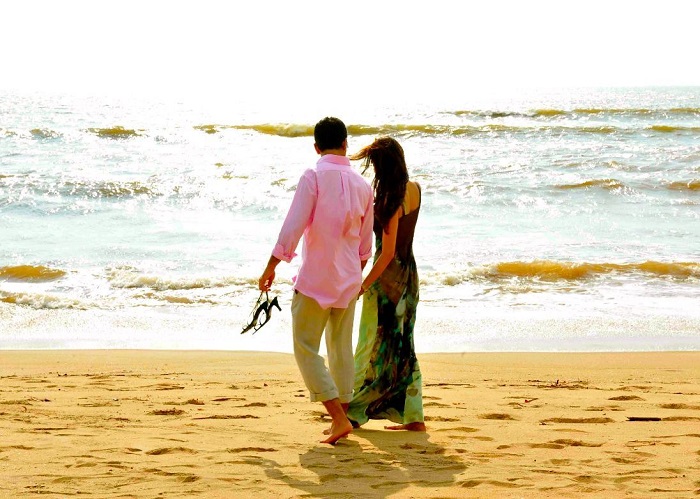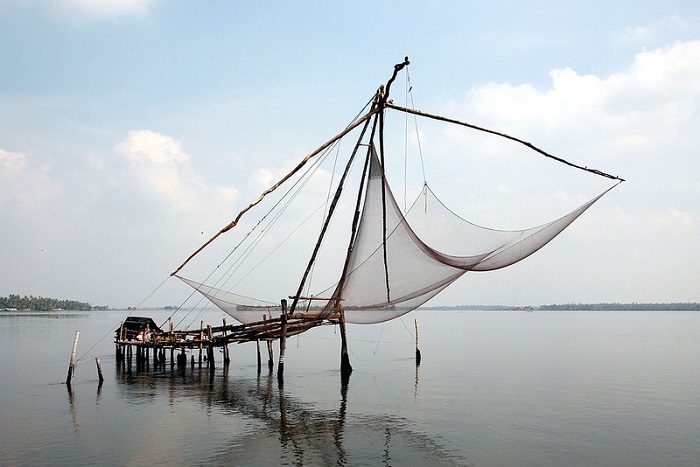15 Most Famous Forts in Goa
Goa is one of the most interesting tourist destinations in the country. Goa is famous for its culture, history, beaches, and nature. Goa has been under the control of several dynasties and colonial rule. Each ruler built a number of forts for defense, residence, and even as a landmark. Today, those numerous forts stand as a memory of those dynasties. Here are some of the forts of Goa you ought to visit during your stay.
1. Fort Aguada, Aguada
Aguada Fort was built by Portuguese with a lighthouse. This fort is assumed to be built in 19th century. The fort gets its name Aguada, which means water, because of the numerous springs found in the areas. This is one of the few specimens of Portuguese architecture in Goa. A part of the fort is in good condition today, and is used as a prison. It is the largest prison in the state.
2. Chapora Fort, Vagator
Chapora Fort was originally built by Adilshah of Bijapur. However, Portuguese took control over the fort and rebuilt it in 17th century with red laterite stone. Later, when Portuguese expanded their rule, the fort was abandoned because it is around 22 km away from Panaji, the capital. The view of the Vagator Beach from the top of this beach is a mesmerizing view, attracting tourists. The fort holds many tombstones, tunnels, and other architectural features.
3. Corjuem Fort
Corjuem Fort is located closer to the River Mapusa, Aldona Village. This fort was built by the Portuguese in 18th century. Corjuem Fort is one of the twin forts of the region. However, only Corjuem Fort has survived time. For a brief period, the fort was used as a military school. This is one of the smallest forts of Goa, and the view from the fort is a mesmerizing beauty, attracting tourists to the fort.
4. Reis Magos Fort
Reis Magos Fort is located along the banks of River Mandovi. This fort was built by the Portuguese in 16th century for defending its troop from intruders. It was initially built to be the residence of the ruling viceroys. However, the fort was later a famous defense point. Today, thanks to the sturdy walls, the fort is used as a prison. A freshwater spring runs closer to the fort, which was the main source of water for the inmates of the fort, during yesteryear.
5. Fort Tiracol
Fort Tiracol or Terekhol was built by Maharaja Khem Sawant Bhonsale, a Sawantwadi ruler. However, under the reign of Portuguese, the fort was captured because it was used as a site to revolt against the colonial rule. The fort was rebuilt by Portuguese and a church was constructed in it. Today, the fort and the 100-year old church are famous attractions. The fort stands as a heritage hotel for tourists.
6. Sinquerim Fort
The Sinquerim Fort was built in 17th century in North Goa. Today, it is famous for its view of the Sinquerim beach and sunset. The fort was built as a lighthouse and reference point for Portugal vessels to deliver goods. This fort is assumed to be an extension of the Aguada Fort. Due to the location of this fort, the Sinquerim Beach is divided into two parts.
7. Cabo de Rama Fort
Cabo de Ram Fort or Cabo Fort is believed to be built by Lord Ram for his stay during his exile with his wife and his brother. It was long abandoned and now has a tarnished look. This fort was conquered by the Portuguese and used it as a convent after making several changes. Today, the fort is used as the residence of Governor. There is no indication to when the fort was built. However, the fort was re-built in 16th century by the Portuguese.
8. Rachol Fort
This fort belonged to the Vijayanagar Era. This fort is the spot where the famous battles between Bijapur and Vijayanagar took place. The fort is built completely with laterite stone. This fort was given to Portuguese as a gift in return for their complete military support to Goa, when the Muslim invaders attacked the region. The Rachol Seminary is an important spot inside this fort. Today, this fort stands as a heritage attraction and a landmark.
9. Mormugao Fort
This is one of the most important forts of the state. This fort was built as a defensive structure to protect the harbor of Mormugao from the invaders, and thus the fort gets its name. The fort was built with three magazines, twenty bulwarks and a large residence for guards. There is also a church inside the fort. Today, the fort is not used for defensive purpose. The structures inside the fort are well preserved for tourists to explore.
10. Anjediva Fort
Anjediva Fort is built on the Anjadip Island, found at the tip of Goa. The fort was built by Portuguese by the request from Vasco Da Gama. The fort is no longer accessible to the public. The fort was a major part of independence of Goa. Indian Army took control of the fort under the Operation Vijay. From there, they secured Goa, leading Portuguese to leave the country.
11. Nanuz Fort
Nanuz Fort was one of the most beautiful forts of the state. The fort was built by Maharaj Shivaji. However, it was then occupied by Portuguese. It was abandoned and today stands as a ruin amidst natural beauty. The architectural beauty of the standing parts of the fort attracts numerous tourists to the fort. This is one of the smallest forts in the state and a symbol of Indian architecture.
12. Ponda Fort
Ponda fort was built by Adil Shah, when he controlled the regions of Ponda. This is a primitive styled fort, which is now surrounded by garden. A statue of Chhatrapati Shivaji Maharaj is erected inside the fort, now. Shivaji tried to take over the fort from Adil. But, Portuguese came to Adil’s rescue and Shivaji was defeated. However, the fort came under the control of Marathas after a decade before going under the reign of Portuguese. This fort is the spot of many bloodshed battles between numerous reigns including Mughals, Portuguese, an others.
13. Betul Fort
Betul is a small coastal region in Southern Goa. The fort was built by Maharaj Shivaji in 17th century. However, Portuguese took over the fort and ruled it until the independence of Goa. Today, the fort stands as a ruin. The fort is now a protected monument. You can find the fort bastion and the cannon on the fort. The fort was initially built to attack the trade routes of Portuguese to weaken the colonial rule in India.
14. St. Estevao Fort
St. Estevao Fort is located on the island of St. Estevao. This fort stands on a small hillock in the island. This is the smallest fort of the state. Maharaj Shivaji built a small fort in this island in 17th century. It is well maintained today and the view of the sea and ramparts from the fort is quite amazing. It is so small that the courtyard is just 3/4th of a badminton court. Today, a marble Jesus Christ statue is found in the fort, which was fixed in 1926 by the Portuguese.
15. Alorna Fort
Alorna Fort or Halam Fort is one of the significant forts of the Goa. Located a little away from Mapusa, this fort was built in 17th century to defend the region from invading Marathas. Today, the fort is not open for tourists. The fort is currently under reconstruction. Once it is open, the view from the top of the fort is said to be a panoramic view of River Chapora, and the view will be amazing. However, it would take years before the restoration is complete.
16. Colvale Fort
The Colvale Fort is also called as the Tivim Fort. This fort is located in the Tivim Village. It is also called as Middle Fort, for unknown reasons. The fort is open to public but, the structure is completely in ruins. Restoration process is undertaken by the government. This fort is assumed to be built in the mid of 17th century by Portuguese using brick and stone. It was later abandoned in mid-19th century. The fort was a defense structure with guardhouses, fortification walls, cannons, Bastions, and others. Only a trace of the former glory is still found.
Apart from these, there are numerous other forts in Goa to visit. Remember that not all forts are open throughout the day. Learn about the visiting time before you set to travel towards the monument.


